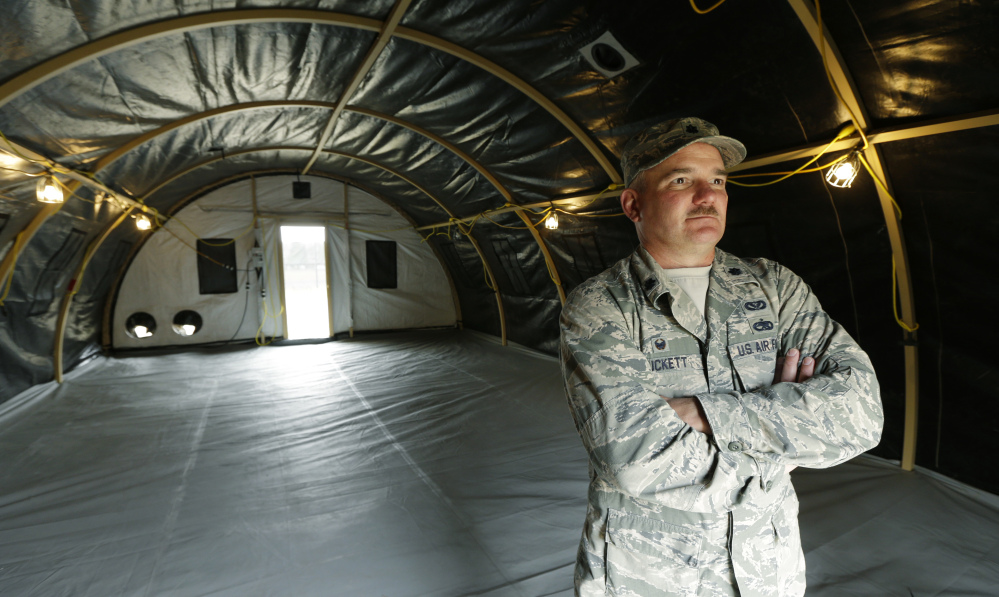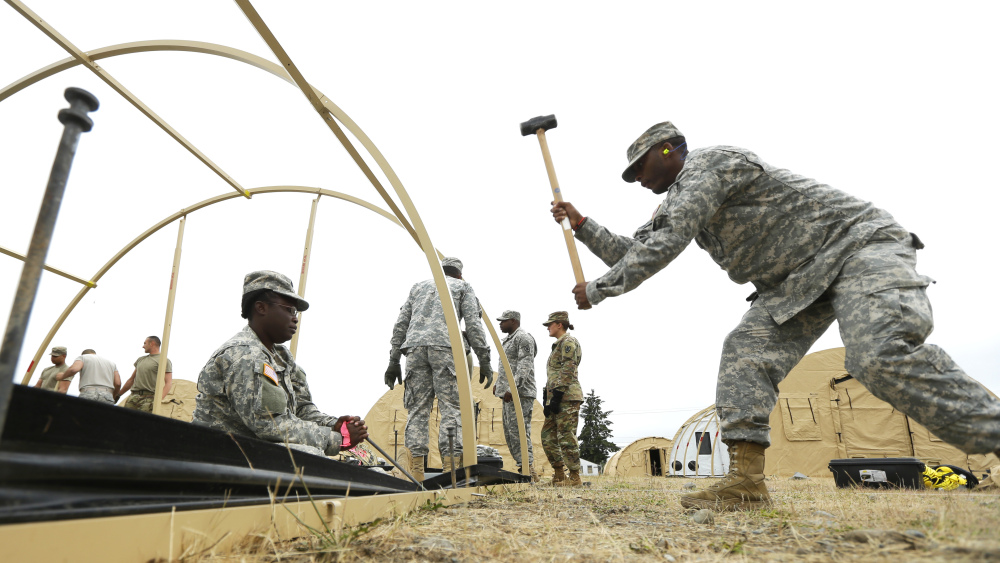PORTLAND, Ore. — Imagine a devastating earthquake and tsunami have cut off Pacific Northwest coastal communities. Phone and internet service have collapsed. Ham radio operators living on the stricken coast fire up their radios, contact emergency managers and report on the magnitude of the disaster so that no time is wasted in saving lives.
This is the kind of scenario that will be rehearsed during the second week of June in a massive earthquake and tsunami readiness drill that has been developed by the U.S. government, the military, and state and local emergency managers over the past few years to test their readiness for what – when it strikes – will likely be the nation’s worst natural calamity.
The June 7-10 exercise is called Cascadia Rising. It is named after the Cascadia Subduction Zone – a 600-mile-long fault just off the coast that runs from Northern California to British Columbia.
“This is the largest exercise ever for a Cascadia break,” said Lt. Col. Clayton Braun of the Washington State National Guard. Braun has been a key planner of the doomsday drill, which is being overseen by the Federal Emergency Management Agency.
Federal officials say about 20,000 people will be involved in the disaster drill, representing various federal agencies, the U.S. military, state and local emergency response managers across the Pacific Northwest, Native American tribes and emergency management officials in British Columbia.
One main goal of the exercise is to test how well they will work together to minimize loss of life and damages when a mega-quake rips along the Cascadia Subduction Zone and unleashes a killer tsunami. Awareness of the seismic threat looming just off the Pacific Northwest dates back to the 1980s, when researchers concluded that coastal lands long ago had been inundated by a tsunami.
More than 8 million people live in the area that is vulnerable to the Cascadia Subduction Zone. It contains the most heavily populated areas of the Pacific Northwest, including Seattle and Portland, as well as Interstate 5, one of the nation’s busiest roads.
A scenario document written in preparation for Cascadia Rising exercise states “the scale of fatalities across the coast may overwhelm the resources of local governments.”
All across the region between the Pacific and the Cascade Range, bridges and roads could be destroyed, fuel supplies and communications disrupted, and buildings and crucial infrastructure may sink into soil that’s been liquefied by the intense shaking.
Some of the exercise will put boots on the ground. For example, Washington State National Guardsmen will conduct a landing on Vashon Island to rehearse delivery of supplies with landing craft. About 2,300 National Guard soldiers are among the 6,000 or so exercise participants in Washington state.
Another major drill rehearses how to get the Port of Tacoma back into operation after it has been devastated by a quake, using a U.S. Army Reserve pier that consists of a logistics support vessel, a barge derrick crane and a large tug.
In Oregon, about 580 National Guard soldiers are among some 1,400 Cascadia Rising participants from across the state. Specialty teams will practice their roles for the disaster that will come. This includes pulling people out of a pile of rubble that simulates a collapsed building and triaging them for medical care.
Copy the Story LinkSend questions/comments to the editors.




Success. Please wait for the page to reload. If the page does not reload within 5 seconds, please refresh the page.
Enter your email and password to access comments.
Hi, to comment on stories you must . This profile is in addition to your subscription and website login.
Already have a commenting profile? .
Invalid username/password.
Please check your email to confirm and complete your registration.
Only subscribers are eligible to post comments. Please subscribe or login first for digital access. Here’s why.
Use the form below to reset your password. When you've submitted your account email, we will send an email with a reset code.